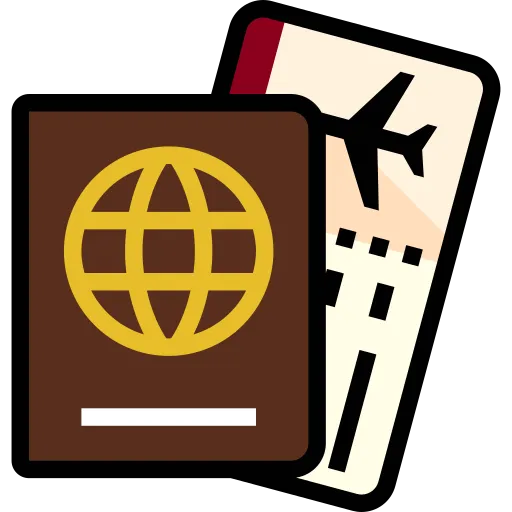

Passport Requirements
Visa Requirements
Special Entry Provisions
ID Card Entry
The following citizens can enter Ukraine using only a valid national ID card:
Visa Types
Important Links
Additional Considerations

Current Toll Roads
As of 2025, Ukraine has limited toll roads; most highways are free, but some concessions may exist:
Toll Rates and Payment
Toll rates (if applicable) vary based on vehicle type and distance traveled. For the most current rates, visit the official Ukrainian Road Authority website: https://ukravtodor.gov.ua/.
Driving in Ukraine
Important Considerations
Useful Links

The official currency of Ukraine is the Ukrainian Hryvnia (UAH).
Key Information
Currency Exchange
Payment Methods
Travel Tips

Understanding local laws and regulations is crucial for a safe and compliant visit. Below are key legal considerations for travellers in Ukraine, updated as of 2025.
Local Laws & Restrictions
Duty-Free Limits
Prohibited Items
Luggage Issues
Complaints
Beach Access
Key Resources

Ukraine is generally safe for travellers in stable areas, with low crime rates and a reputation for hospitality. However, travellers should remain aware of health precautions, road safety, and emergency protocols, especially given potential regional instability. Below is a concise guide to staying safe and healthy in Ukraine.
Safety Overview
Health Risks
Medical Facilities
Emergency Contacts
Travel Tips
Key Links
